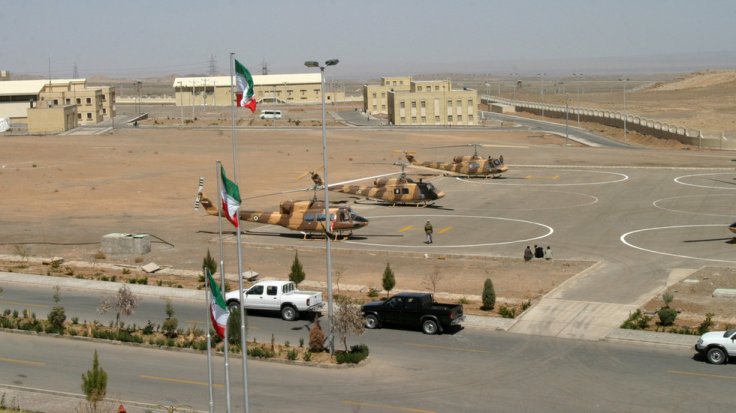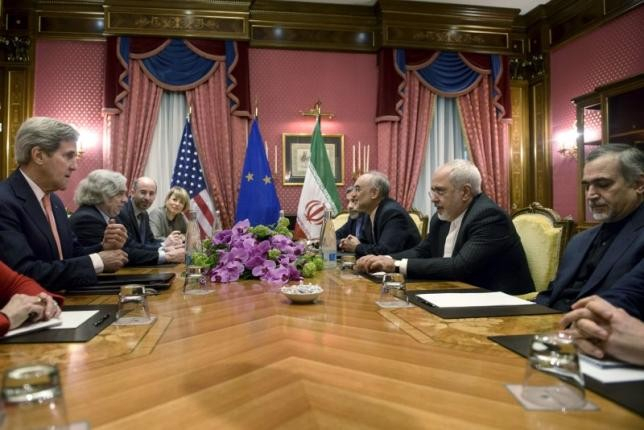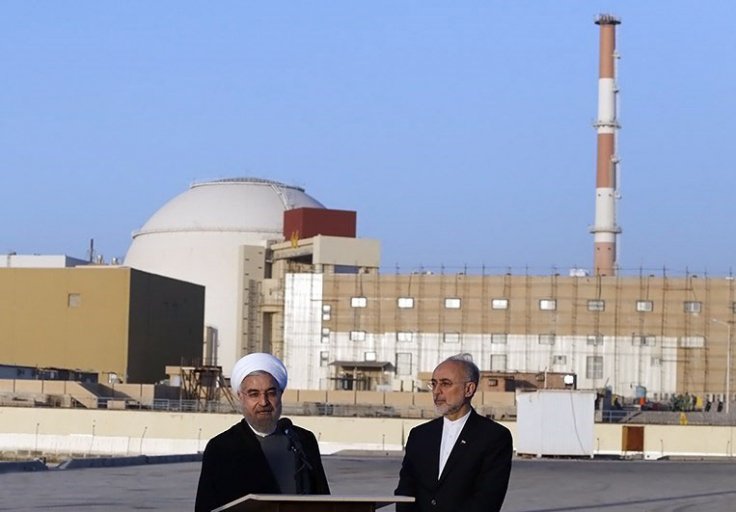Undermining the 2015 nuclear deal further, Iran is enriching uranium with a third cascade of advanced IR-2m centrifuges at its Natanz plant, reports have said. Officials of the International Atomic Energy Agency (IAEA) said Tehran kickstarted the third cascade, even as confusion reign over whether the US and world powers will re-enter the nuclear deal negotiations.
Citing the IAEA report, Reuters reported that a fourth cascade of 174 IR-2m centrifuges has also been installed. The report further states that Iran is planning to install even a fifth cascade of IR-2m centrifuges at its underground plant.

Late last month, Iran's Supreme Leader Ayatollah Ali Khamenei dared the western powers, saying Tehran will enrich uranium up to 60 percent if needed. Khamenei's comment came amid concerns over reports that Iran was enriching uranium to the 20 percent levels after President Donald Trump pulled the US out of the multi-power nuclear deal Tehran.
"Iran's uranium enrichment level will not be limited to 20 percent. We will increase it to whatever level the country needs ... We may increase it to 60 percent ... Americans and the European parties to the deal have used unjust language against Iran ... Iran will not yield to pressure. Our stance will not change," Khamenei said.
Pressure Tactic?
Geopolitical observers believe that Tehran is probably going aggressive in its nuclear policy in order to force the western powers to goad the US into re-enacting the failed nuclear deal of 2015. However, the stalemate has only deepened in recent weeks, with President Joe Biden insisting that Iran must return to all its nuclear commitments before talks are re-started.

The stalemate began after former US president Donald Trump exited the Iran nuclear deal, known as the Joint Comprehensive Plan of Action (JCPOA), in 2018. Under the deal, Iran had allowed IAEA inspectors at its nuclear sites. Now, Khamenei has said Iran still stands by the JCPOA adding, however, that Iran will not bow to international pressure from either the European Union or the US.
Following the US exit from nuclear deal, Iranian President Hassan Rouhani said that the country was starting the stalled nuclear program. He said uranium was to be injected into 1,044 centrifuges at its Fordow nuclear facility.
Iran's nuclear chief Ali Akbar Salehi had also said in 2019 that 30 advanced IR-6 centrifuges were to be launched in a move to accelerate the uranium enrichment process, which was in clear violation of the terms of the 2015 nuclear deal.
Last month, a meeting between the head of International Atomic Energy Agency and Ali Akbar Salehi, the head of Iran's nuclear department, had raised hopes of a breakthrough. The meeting was held in the backdrop of concerns that Iran might expel UN inspectors from the country. Iran had allowed IAEA inspectors at its nuclear sites under the 2015 deal.
Significant Quantity of Bomb Material

In October last year, the IAEA said that Iran was short of 'significant quantity' of potential bomb material. What can be read between the lines was that Tehran made advances in pursuit of its alleged clandestine nuclear weapons program after the US exited the nuclear deal.
"The Iranians continue to enrich uranium, and to a much higher degree than they have committed themselves to. And this amount is growing by the month," IAEA chief Rafael Grossi told Die Presse, an Austrian newspaper. By 'significant quantity' IAEA means the ballpark amount of nuclear material with which the making of a nuclear explosive device cannot be excluded.









